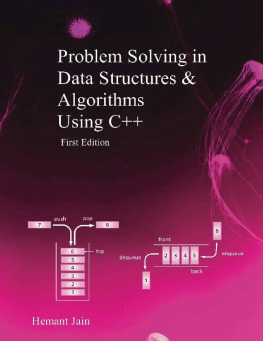A Common-Sense Guide to Data Structures and Algorithms
Level Up Your Core Programming Skills
by Jay Wengrow
Version: P1.0 (August 2017)
Copyright 2017 The Pragmatic Programmers, LLC. This book is licensed to the individual who purchased it. We don't copy-protect it because that would limit your ability to use it for your own purposes. Please don't break this trustyou can use this across all of your devices but please do not share this copy with other members of your team, with friends, or via file sharing services. Thanks.
Many of the designations used by manufacturers and sellers to distinguish their products are claimed as trademarks. Where those designations appear in this book, and The Pragmatic Programmers, LLC was aware of a trademark claim, the designations have been printed in initial capital letters or in all capitals. The Pragmatic Starter Kit, The Pragmatic Programmer, Pragmatic Programming, Pragmatic Bookshelf and the linking g device are trademarks of The Pragmatic Programmers, LLC.
Every precaution was taken in the preparation of this book. However, the publisher assumes no responsibility for errors or omissions, or for damages that may result from the use of information (including program listings) contained herein.
About the Pragmatic Bookshelf
The Pragmatic Bookshelf is an agile publishing company. Were here because we want to improve the lives of developers. We do this by creating timely, practical titles, written by programmers for programmers.
Our Pragmatic courses, workshops, and other products can help you and your team create better software and have more fun. For more information, as well as the latest Pragmatic titles, please visit us at http://pragprog.com.
Our ebooks do not contain any Digital Restrictions Management, and have always been DRM-free. We pioneered the beta book concept, where you can purchase and read a book while its still being written, and provide feedback to the author to help make a better book for everyone. Free resources for all purchasers include source code downloads (if applicable), errata and discussion forums, all available on the book's home page at pragprog.com. Were here to make your life easier.
New Book Announcements
Want to keep up on our latest titles and announcements, and occasional special offers? Just create an account on pragprog.com (an email address and a password is all it takes) and select the checkbox to receive newsletters. You can also follow us on twitter as @pragprog.
About Ebook Formats
If you buy directly from pragprog.com, you get ebooks in all available formats for one price. You can synch your ebooks amongst all your devices (including iPhone/iPad, Android, laptops, etc.) via Dropbox. You get free updates for the life of the edition. And, of course, you can always come back and re-download your books when needed. Ebooks bought from the Amazon Kindle store are subject to Amazon's polices. Limitations in Amazon's file format may cause ebooks to display differently on different devices. For more information, please see our FAQ at pragprog.com/frequently-asked-questions/ebooks. To learn more about this book and access the free resources, go to https://pragprog.com/book/jwdsal, the book's homepage.
Thanks for your continued support,
Andy Hunt
The Pragmatic Programmers
The team that produced this book includes: Andy Hunt (Publisher) Janet Furlow (VP of Operations) Susannah Davidson Pfalzer (Executive Editor) Brian MacDonald (Development Editor) Potomac Indexing, LLC (Indexing) Nicole Abramowtiz (Copy Editor) Gilson Graphics (Layout)
For customer support, please contact .
For international rights, please contact .
Table of Contents
Copyright 2017, The Pragmatic Bookshelf.
Early Praise for A Common-Sense Guide to Data Structures and Algorithms
A Common-Sense Guide to Data Structures and Algorithms is a much-needed distillation of topics that elude many software professionals. The casual tone and presentation make it easy to understand concepts that are often hidden behind mathematical formulas and theory. This is a great book for developers looking to strengthen their programming skills.
| Jason Pike |
| Senior software engineer, Atlas RFID Solutions |
At university, the Data Structures and Algorithms course was one of the driest in the curriculum; it was only later that I realized what a key topic it is. As a software developer, you must know this stuff. This book is a readable introduction to the topic that omits the obtuse mathematical notation common in many course texts.
| Nigel Lowry |
| Company director & principal consultant, Lemmata |
Whether you are new to software development or a grizzled veteran, you will really enjoy and benefit from (re-)learning the foundations. Jay Wengrow presents a very readable and engaging tour through basic data structures and algorithms that will benefit every software developer.
| Kevin Beam |
| Software engineer, National Snow and Ice Data Center (NSIDC), University of Colorado Boulder |
Preface
Data structures and algorithms are much more than abstract concepts. Mastering them enables you to write more efficient code that runs faster, which is particularly important for todays web and mobile apps. If you last saw an algorithm in a university course or at a job interview, youre missing out on the raw power algorithms can provide.
The problem with most resources on these subjects is that theyre...well...obtuse. Most texts go heavy on the math jargon, and if youre not a mathematician, its really difficult to grasp what on Earth is going on. Even books that claim to make algorithms easy assume that the reader has an advanced math degree. Because of this, too many people shy away from these concepts, feeling that theyre simply not smart enough to understand them.
The truth, however, is that everything about data structures and algorithms boils down to common sense. Mathematical notation itself is simply a particular language, and everything in math can also be explained with common-sense terminology. In this book, I dont use any math beyond addition, subtraction, multiplication, division, and exponents. Instead, every concept is broken down in plain English, and I use a heavy dose of images to make everything a pleasure to understand.
Once you understand these concepts, you will be equipped to write code that is efficient, fast, and elegant. You will be able to weigh the pros and cons of various code alternatives, and be able to make educated decisions as to which code is best for the given situation.
Some of you may be reading this book because youre studying these topics at school, or you may be preparing for tech interviews. While this book will demystify these computer science fundamentals and go a long way in helping you at these goals, I encourage you to appreciate the power that these concepts provide in your day-to-day programming. I specifically go out of my way to make these concepts real and practical with ideas that you could make use of today.
Who Is This Book For?
This book is ideal for several audiences:
You are a beginning developer who knows basic programming, but wants to learn the fundamentals of computer science to write better code and increase your programming knowledge and skills.
You are a self-taught developer who has never studied formal computer science (or a developer who did but forgot everything!) and wants to leverage the power of data structures and algorithms to write more scalable and elegant code.


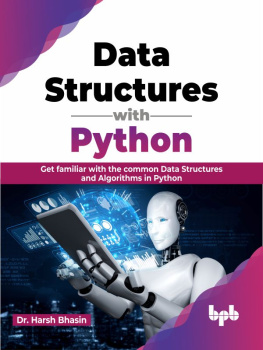
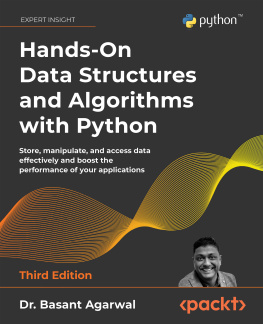

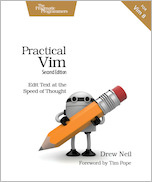
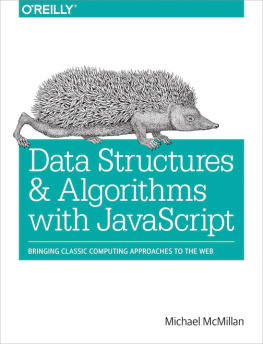
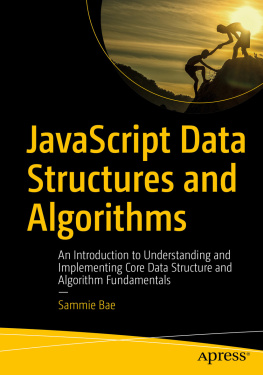
![James Cutajar [James Cutajar] - Beginning Java Data Structures and Algorithms](/uploads/posts/book/119335/thumbs/james-cutajar-james-cutajar-beginning-java-data.jpg)

